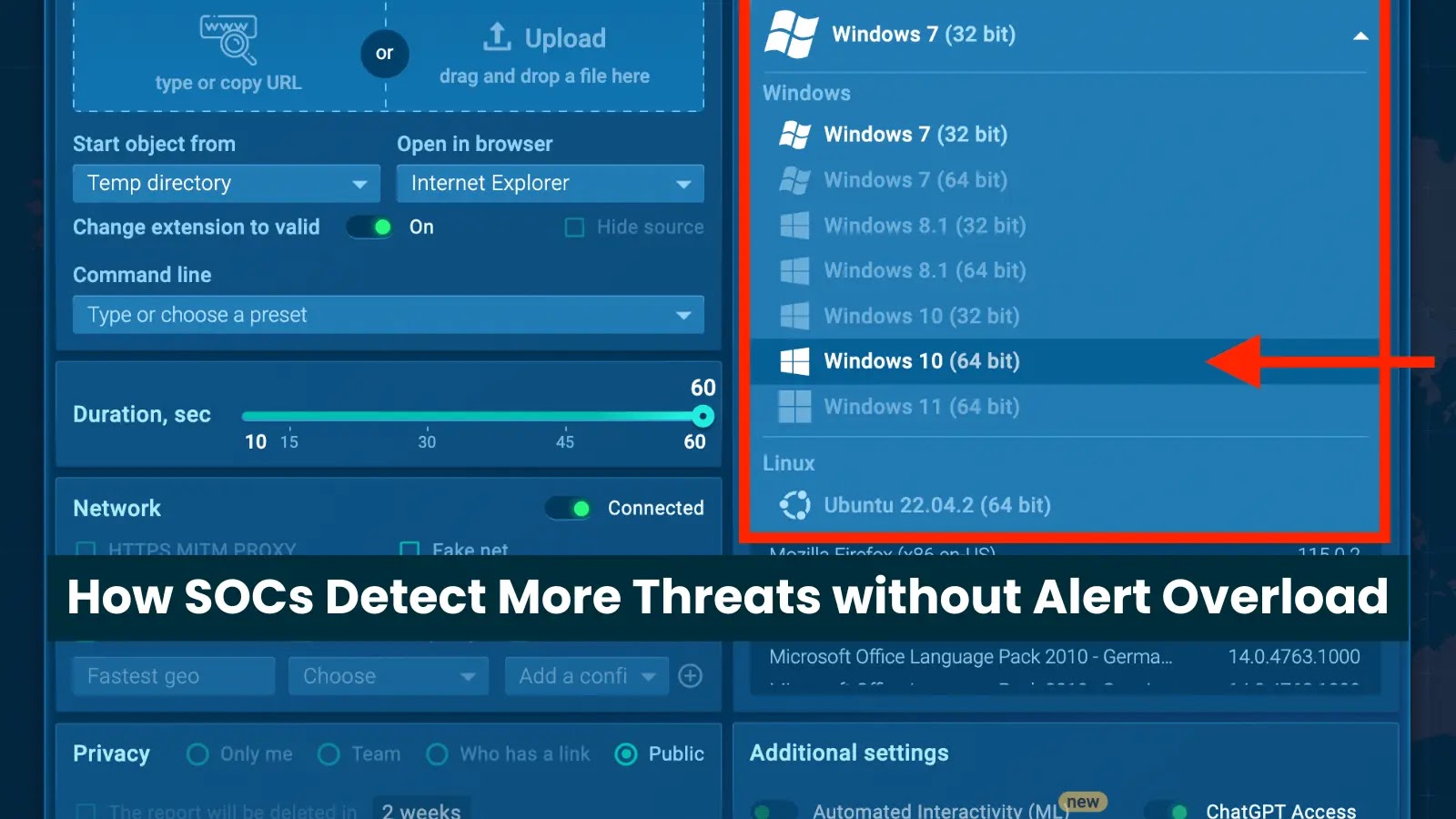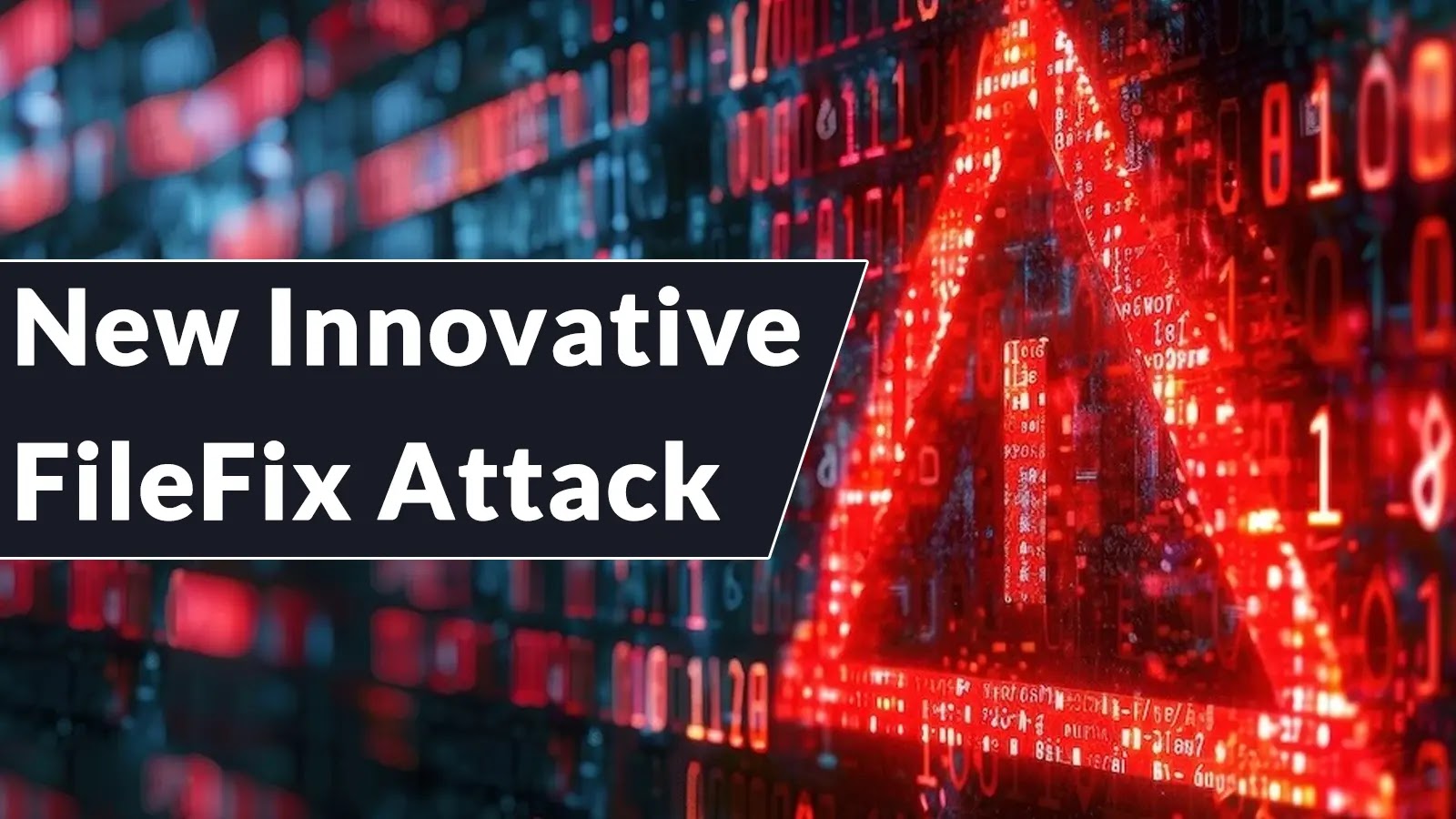In the dynamic realm of cybersecurity, Security Operations Centers (SOCs) are inundated with a deluge of alerts daily. This constant influx, often comprising numerous false positives, can lead to analyst fatigue, overlooked genuine threats, and diminished operational efficiency. To navigate this challenge, it’s imperative for SOCs to adopt a strategic approach that emphasizes quality over quantity in threat intelligence.
Understanding Alert Overload
The prevailing misconception that an abundance of data equates to enhanced security is misleading. An overwhelming number of alerts, especially when many are false positives, can obscure genuine threats. This scenario results in:
– Analyst Fatigue: Continuous exposure to irrelevant alerts can desensitize analysts, leading to potential oversight of critical threats.
– Inefficient Resource Allocation: Time and effort are squandered on non-threatening alerts, diverting attention from genuine incidents.
– Increased Mean Time to Respond (MTTR): Delays in addressing real threats can escalate potential damages.
To mitigate these issues, SOCs must prioritize the integration of high-quality threat intelligence sources that offer actionable insights without unnecessary noise.
Criteria for Effective Threat Intelligence Sources
Selecting the right threat intelligence sources is pivotal. Key attributes to consider include:
– Noise Reduction: Opt for sources that filter out irrelevant data, ensuring that alerts are pertinent and actionable.
– Reliability: Prioritize feeds that derive indicators directly from malicious configurations, minimizing reliance on potentially outdated third-party information.
– Contextual Information: Comprehensive context aids in swift triage, offering deeper visibility into threats and facilitating informed decision-making.
– Timeliness: Real-time updates are crucial. Delayed information can render alerts obsolete, compromising the SOC’s responsiveness.
Leveraging ANY.RUN’s Threat Intelligence Feeds
ANY.RUN’s Threat Intelligence Feeds exemplify these attributes. Powered by a global network of over 15,000 SOC teams and 500,000 malware analysts, these feeds provide:
– Reduced Workload: Integration with systems like SIEM and EDR/XDR streamlines workflows, potentially decreasing Tier 1 analysts’ caseload by 20%.
– Expanded Coverage: With 99% of Indicators of Compromise (IOCs) being unique, monitoring capabilities are significantly enhanced.
– Continuous Updates: Real-time data ensures that SOCs remain vigilant against emerging threats.
– Actionable Insights: High-confidence intelligence, enriched with context, aids in the effective classification and prioritization of alerts.
Conclusion
By integrating validated, real-time threat intelligence, SOCs can enhance detection rates without succumbing to alert overload. Prioritizing quality and context over sheer volume empowers SOC teams to operate more efficiently, ensuring robust defense mechanisms against evolving cyber threats.



